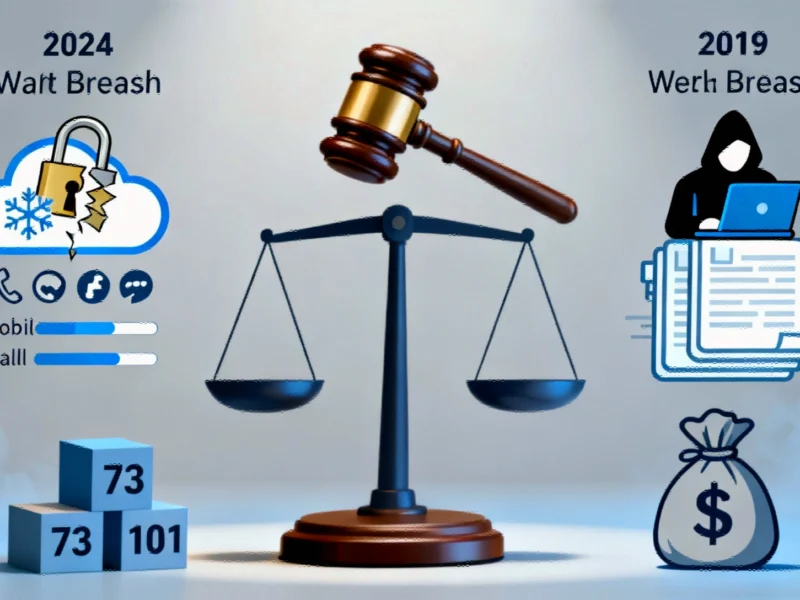Early Launch Strategy for Singles Day
China’s renowned Singles Day shopping extravaganza, traditionally celebrated on November 11th, has taken an unprecedented turn this year with retailers initiating sales campaigns in mid-October – nearly five weeks ahead of schedule. This strategic early launch represents a coordinated effort by Chinese e-commerce platforms and retailers to revitalize consumer spending amid challenging economic conditions. The extended sales period allows merchants to capture early holiday shopping demand while giving budget-conscious consumers more time to make purchasing decisions. As noted in comprehensive coverage of China’s Singles Day early commencement, this represents one of the most significant deviations from tradition in the event’s history.
Economic Context Driving Early Sales
The decision to extend Singles Day comes against a complex economic backdrop where China faces multiple challenges including rising youth unemployment, persistent property market instability, substantial government debt burdens, and ongoing trade tensions with the United States. These factors have collectively contributed to weakened consumer confidence and reduced discretionary spending. The Chinese government has implemented substantial stimulus measures, including family subsidies, wage increases, and consumer goods discounts, committing billions to reinvigorate retail activity. However, as highlighted in the detailed analysis of China’s economic stimulus efforts, retail sales growth continues to underperform expectations, necessitating more aggressive approaches from both public and private sectors.
Global Corporate Parallels in Strategy
The extended Singles Day strategy mirrors approaches taken by global corporations navigating similar economic challenges. Recent developments include Nestlé’s announcement of significant workforce reductions affecting 1,600 positions, reflecting broader corporate restructuring in response to market pressures. Similarly, technology leaders are adapting to changing economic conditions, with former Starbucks CEO Howard Schultz emphasizing the importance of maintaining customer connections during challenging periods – advice particularly relevant to Chinese retailers during this extended shopping festival.
Technology Sector Performance Contrast
While consumer retail faces headwinds, certain technology sectors demonstrate remarkable resilience. TSMC recently reported record quarterly profits of $15 billion, driven by surging artificial intelligence demand, creating an interesting contrast with the consumer goods sector. This technological momentum extends to data infrastructure providers, with NetApp accelerating its AI data platform strategy to capitalize on growing enterprise demand. The divergence between technology and traditional retail performance underscores the uneven nature of the current economic recovery.
Media and Entertainment Industry Developments
Parallel industry shifts are occurring in media and entertainment, where CNN has launched an all-access streaming service priced at $7 monthly, representing another sector adapting to changing consumer behaviors and economic pressures. Meanwhile, labor relations in the gaming industry show tensions, as EA union workers have protested the $55 billion Saudi-backed acquisition, highlighting workforce concerns during periods of corporate transformation and economic uncertainty.
Consumer Behavior Shifts and Retail Adaptation
Chinese retailers participating in the extended Singles Day are implementing sophisticated strategies to capture consumer attention:
- Extended payment plans with zero-interest options spanning several months
- Tiered discount structures that increase with purchase volume
- Cross-platform promotions integrating social commerce with traditional e-commerce
- Live streaming enhancements featuring celebrity influencers and industry experts
Long-term Implications for Retail Calendar
The early Singles Day launch may establish a new precedent for China’s retail calendar, potentially extending what was traditionally a 24-hour event into a multi-week shopping season. This expansion reflects broader global trends where major shopping events like Black Friday have similarly evolved from single-day promotions to extended campaigns. The success or failure of this approach will likely influence how Chinese retailers structure future promotional calendars and whether other major shopping events will follow similar expansion patterns.
Economic Recovery Indicators
Industry analysts will closely monitor Singles Day 2024 performance as a key indicator of Chinese consumer sentiment and economic recovery trajectory. The extended sales period provides more data points to assess spending patterns, category performance, and regional variations in consumer confidence. Early results from the mid-October launch will offer preliminary insights into whether the strategy successfully stimulates broader retail recovery or merely spreads existing demand across a longer period without generating incremental growth.
Based on reporting by {‘uri’: ‘bbc.com’, ‘dataType’: ‘news’, ‘title’: ‘BBC’, ‘description’: “News, features and analysis from the World’s newsroom. Breaking news, follow @BBCBreaking. UK news, @BBCNews. Latest sports news @BBCSport”, ‘location’: {‘type’: ‘place’, ‘geoNamesId’: ‘2643743’, ‘label’: {‘eng’: ‘London’}, ‘population’: 7556900, ‘lat’: 51.50853, ‘long’: -0.12574, ‘country’: {‘type’: ‘country’, ‘geoNamesId’: ‘2635167’, ‘label’: {‘eng’: ‘United Kingdom’}, ‘population’: 62348447, ‘lat’: 54.75844, ‘long’: -2.69531, ‘area’: 244820, ‘continent’: ‘Europe’}}, ‘locationValidated’: False, ‘ranking’: {‘importanceRank’: 8548, ‘alexaGlobalRank’: 110, ‘alexaCountryRank’: 86}}. This article aggregates information from publicly available sources. All trademarks and copyrights belong to their respective owners.



